How to Choose the LMS for Your Business
After reading this article, you will learn about different types of LMS, understand the differences between them, and ask the right questions before choosing one.

After reading this article, you will learn about different types of LMS, understand the differences between them, and ask the right questions before choosing one.
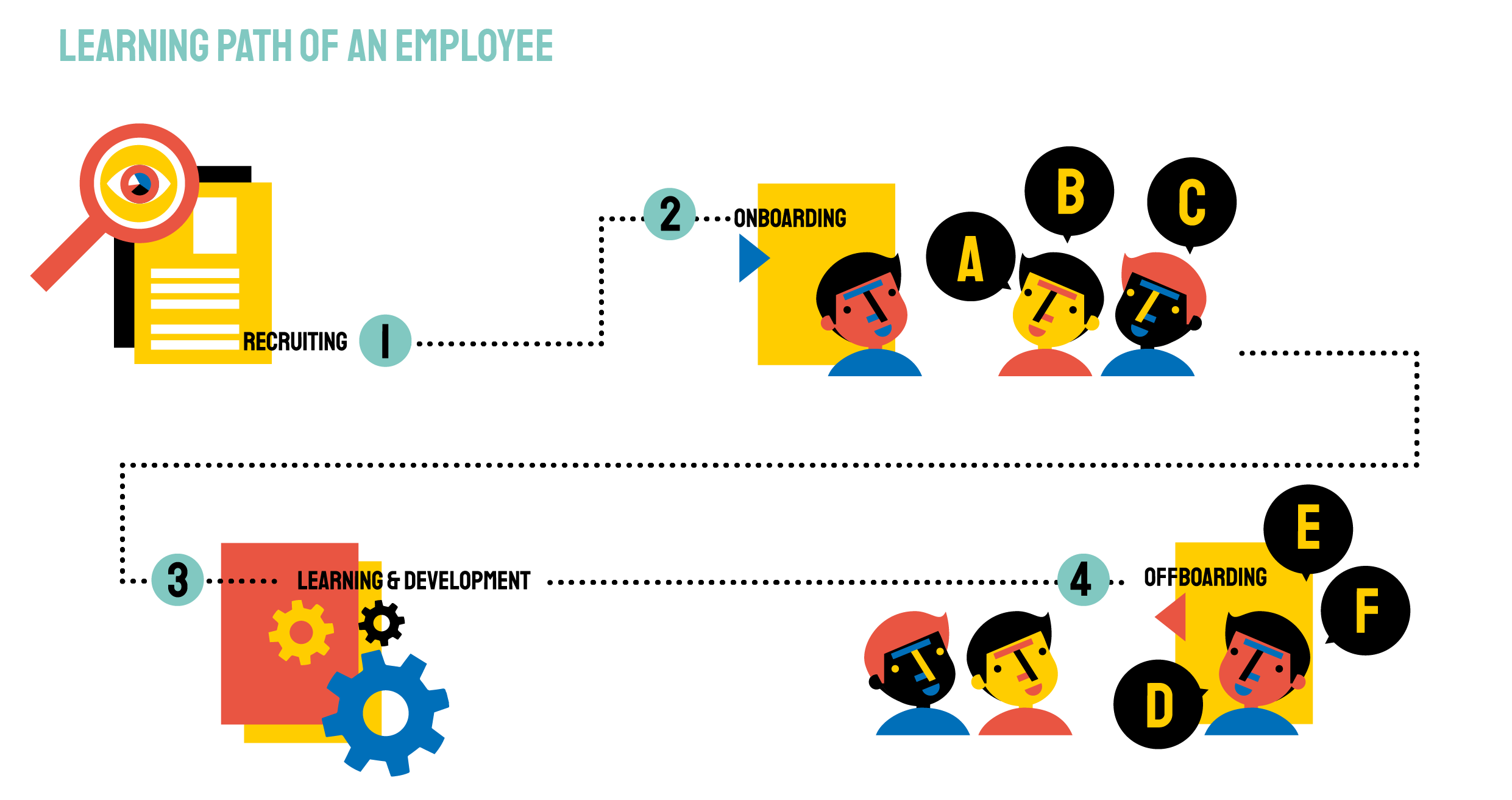
Using LMS' is an integral part of corporate learning. Business owners, heads of L&D departments, and HR managers benefit from LMS' when delivering digitalized learning content. There are many LMS vendors on the market. They mostly differ in pricing and in their approach, and choosing one is a tough decision. Finding your favorite chocolate in a Zurich store might be an easier task.

About The Author
Let me start by telling you who I am. I am Olga, a software engineer by passion and profession. I am deeply involved in e-learning having co-founded an educational studio EdEra and an ed-tech startup Workademy that is building an LMS platform.
With its help, companies can produce and share creative online education content. During my journey as a software engineer and technical co-founder of EdEra, I came in touch with and maintained different e-learning systems to host and create online courses. At EdEra, we started with Moodle, tried Articulate, and moved to Open edX. We even used GitBook for interactive e-books and built custom solutions with HTML, CSS, and Javascript. We faced some challenges maintaining the open-source platforms, especially when we experienced sudden growth in our user base. Scaling technology not architectured for scaling was a tedious task. It was also problematic to constantly update the software and transfer all the data. Eventually, we have developed our own learning management system.
Different Types of LMS
Let’s consider the types of LMS. There are different ways to classify them. I have decided to use the following approach. An LMS can be self-hosted or cloud-based, free or commercial, and open-source or proprietary.
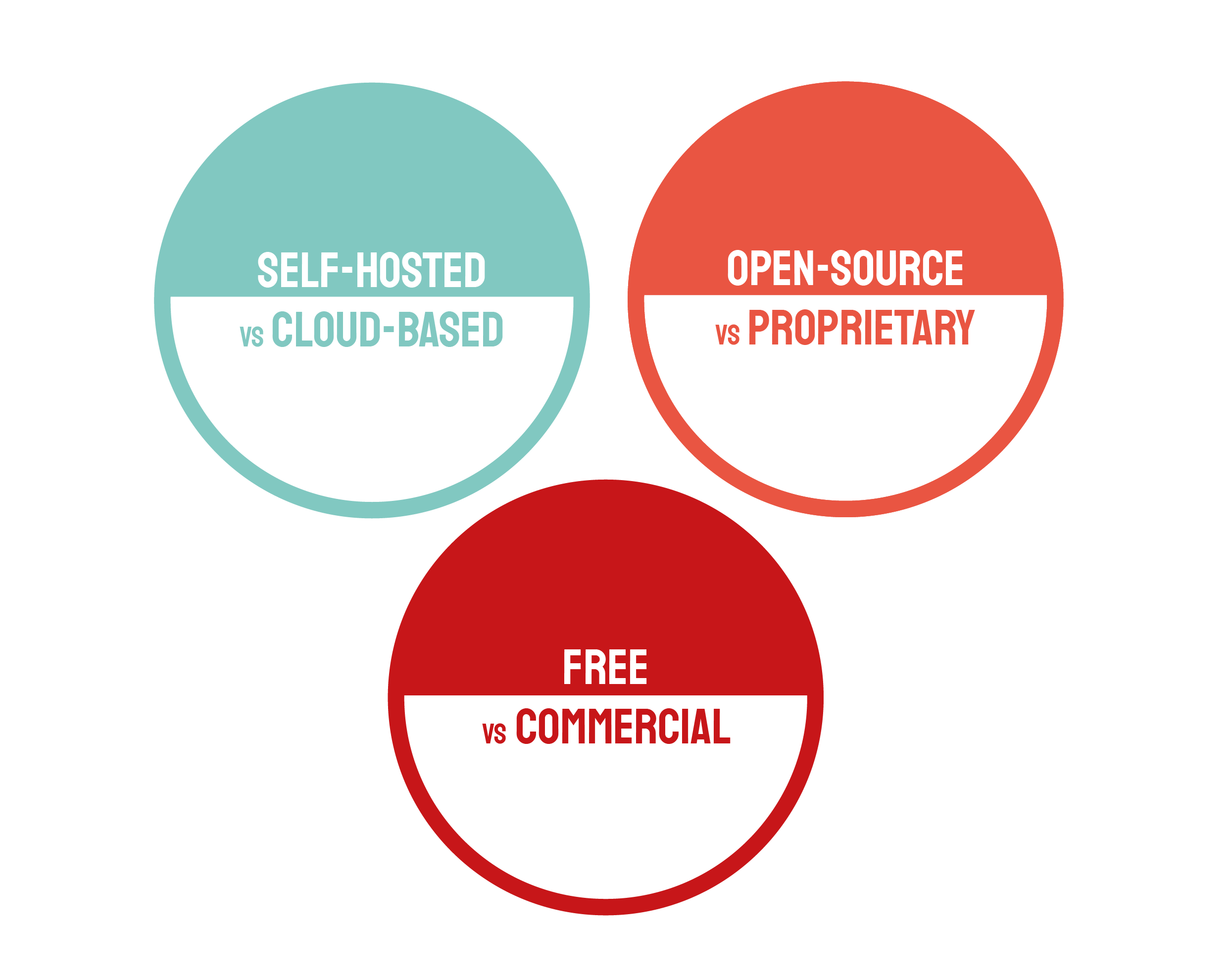
The systems that are free of charge are a good place to start, but as you grow, you might want to outsource all the maintenance. Commercial systems, especially cloud-based ones, can be even more budget-friendly.
It is also essential to consider the features you are looking for when choosing your system.
Let’s take a look at the features the majority of LMS' on the market offer.
- Authentication – login/password, socials, SSO, and/or integration with existing services
- Course admin – a separate or all-in-one interface
- Learner progress and clean navigation due to UI/UX
- Types of supported assessment questions – single/multiple choice, open-ended questions, categorisation, drag and drop interactive quizzes, peer-to-peer review, etc
- Types of supported content: rich text, videos, images, HTML, SCORM, etc
- Template library, e.g., for different types of sections, or even parts of training, such as onboarding
- Digital certificates
- Gamification
- Analytics
There are several ways in which different LMS' build courses. There are LMS' like Workademy that have an inline course editor, so you do not have to jump from one interface to another, thus saving time for the creation of courses. It is important to consider whether you are going to create and edit a large set of courses.
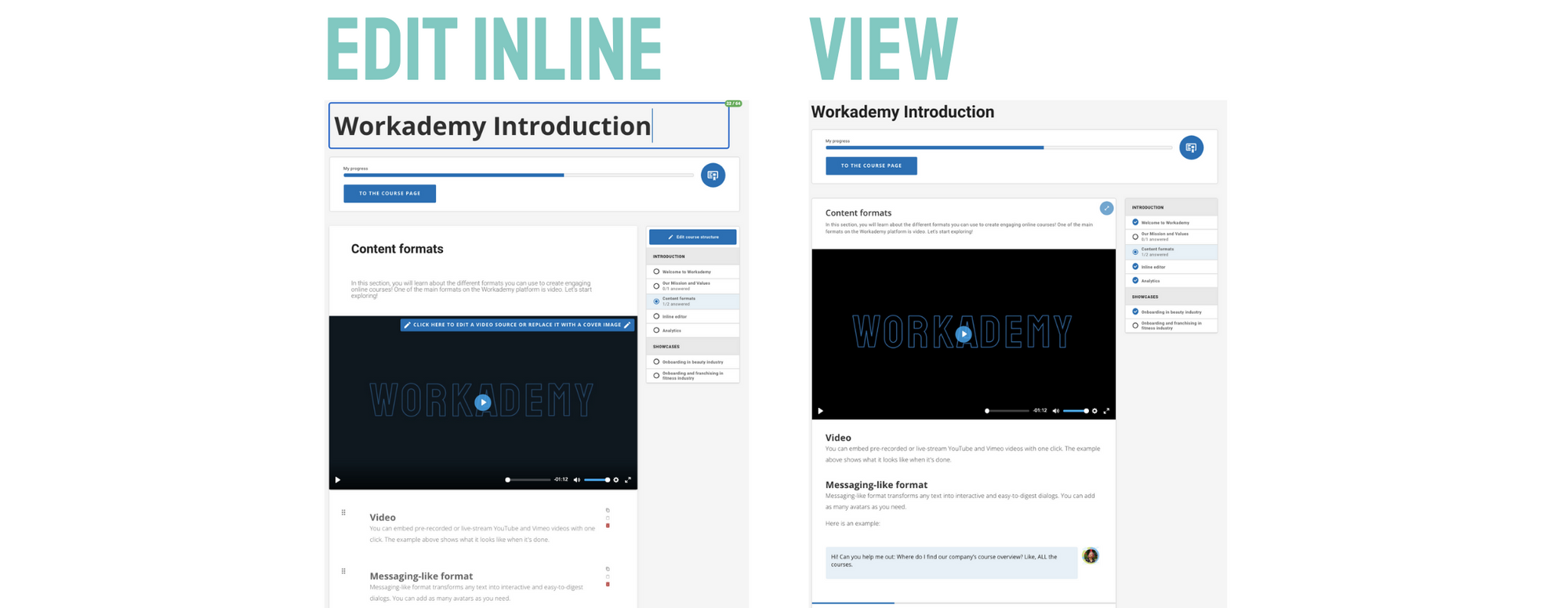
Other vendors may offer different interfaces for creating and visualizing courses. So, every time you update something in your course, you have to switch between interfaces or even applications to see what the final result looks like. This is time-consuming, and if you are new to e-learning, it is not a good idea to consider those types of LMS.
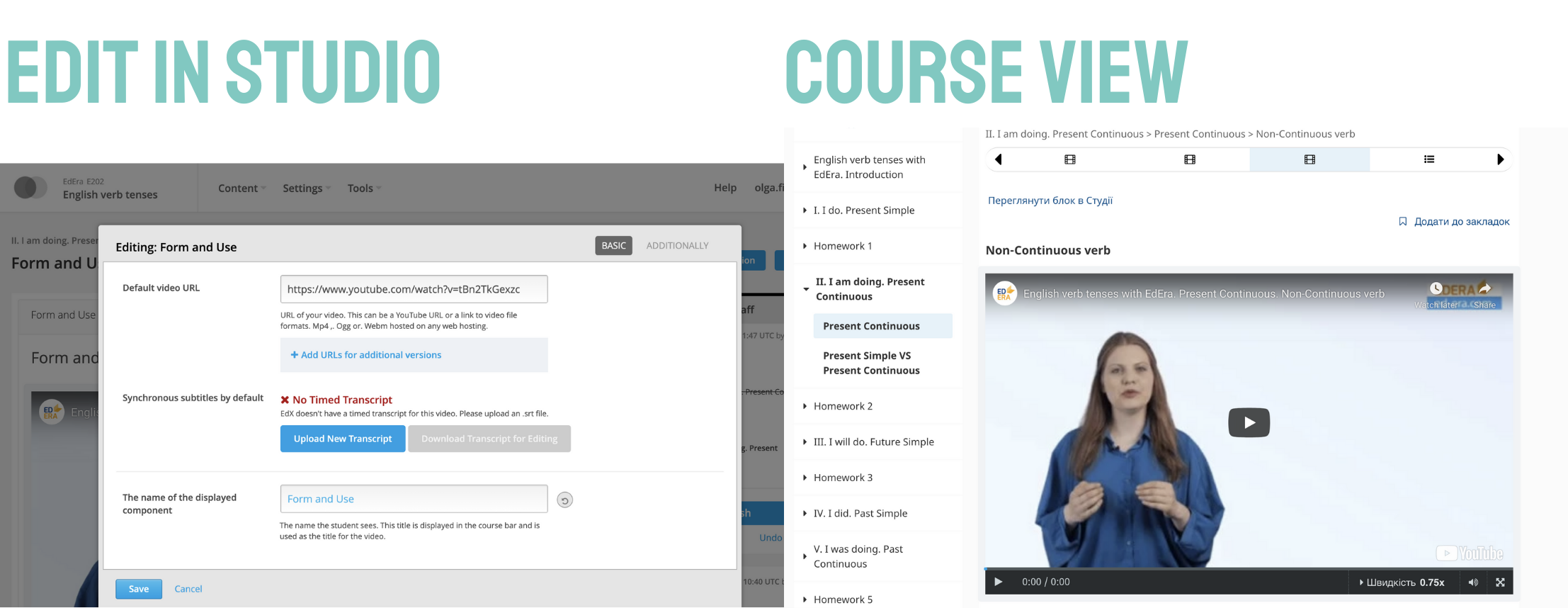
Here is an example of how an analytics module might look like. It is important to consider what your learning objectives are and what metrics you need to track as well as ask the vendors what kind of reporting and analytics they provide.
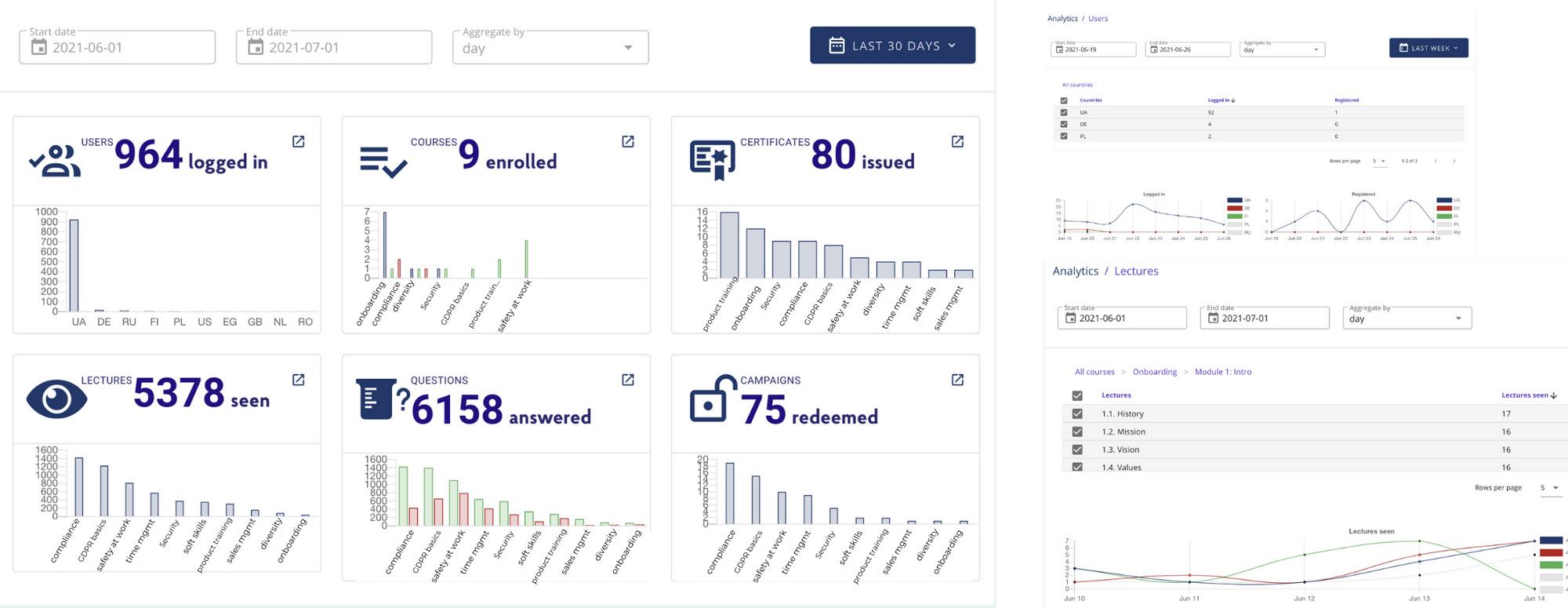
Where Can You Learn How to Choose an LMS?
There are several resources where you can conduct your research. You could also google them, but google results are full of paid ads, and it is not easy to assess all the features and ratings. The best options are to check out review platforms, talk to other business owners and HR managers, and ask communities. Such platforms as eLearning Industry, g2.com, and Capterra will give you insights and allow you to compare features and reviews.
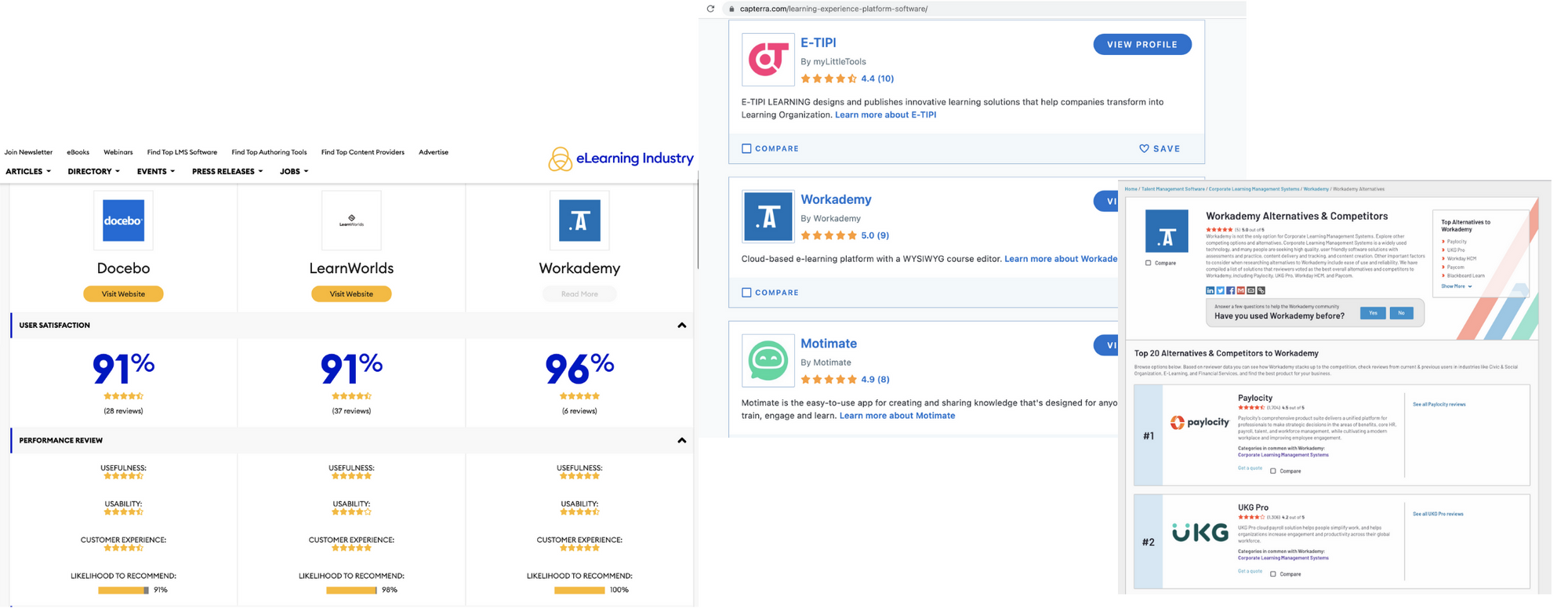
Questions to Ask
Let’s now list the questions to ask yourself and your LMS providers when choosing an LMS that will be engaging for the employees, fit your budget, and save your resources.

The questions that you should ask yourself are the following.
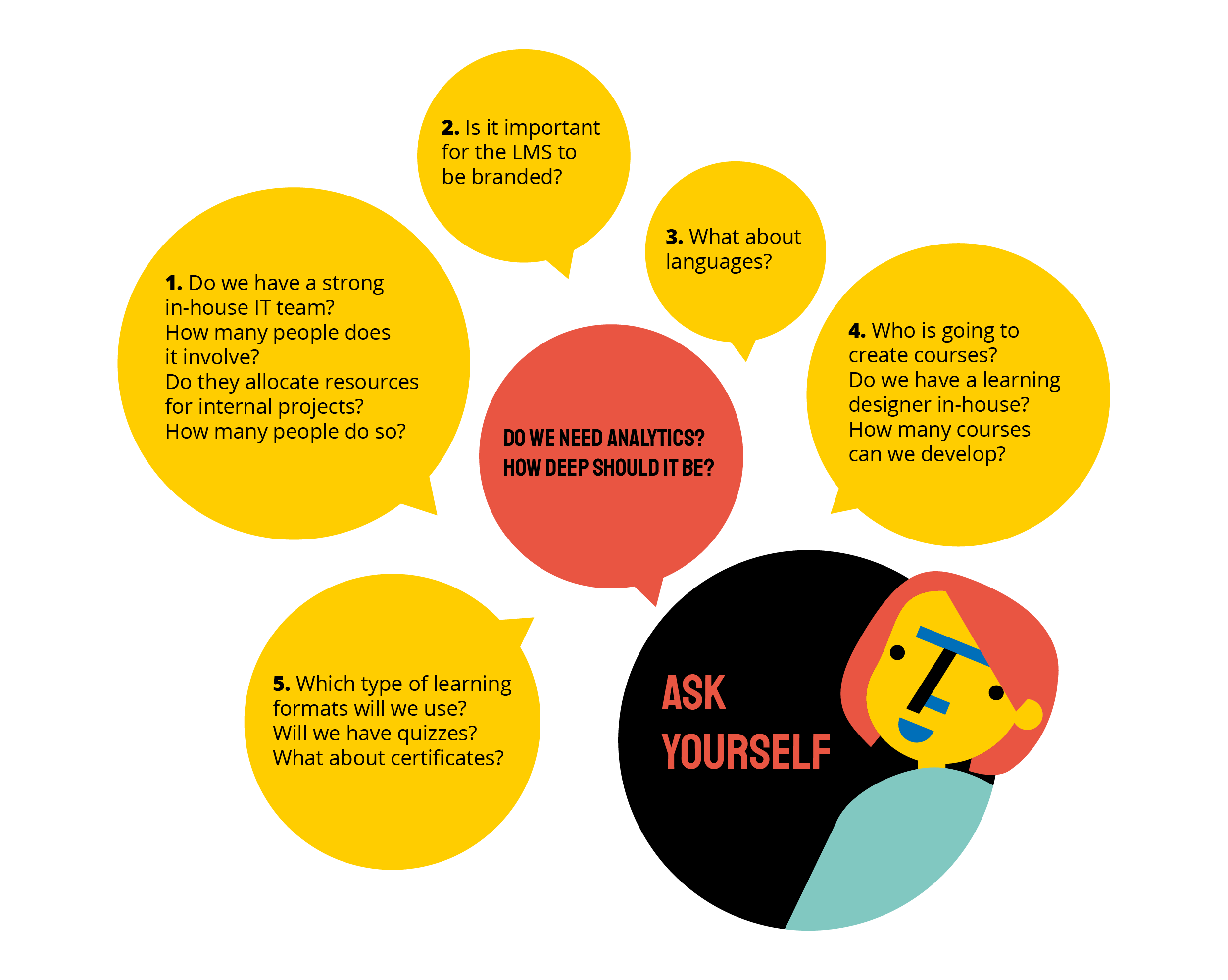
What kind of an in-house IT team do you have? If it is a big team and there are spare resources, you could build an in-house solution. If it is not a big team but there is some capacity, an open-source self-hosted system could be an option.
Is it important for you that your LMS has a custom look and feel? Then check only those options that allow such customization.
Who is going to create courses? How many people need admin access? How many people from external agencies will you ask to help you with e-learning setup?
Some LMS' offer pricing options based on the number of course creators. It is also important to check out the roles available in the LMS. If you are going to give access to external providers, you should be able to limit the access only to course creation roles and ensure that those agencies cannot access your analytics and reporting violating your employees’ data privacy.
What types of formats will you use? Is it important for you to upload the videos; or can they be hosted on YouTube or Vimeo? Some LMS' do not provide the means to upload videos.
Let's assume that you have already settled on a cloud-based solution. There are several further questions you should ask yourself to narrow down your search.

Will you need more than one workspace? For example, one workspace to train your customers and another one to train your employees. Do they charge for each workspace or one subscription covers that all? Do they have e-learning expertise to help you build courses? Is their LMS responsive? Does it have mobile apps? Are they ready to develop features important to your business? How much would that cost you? Do they respond promptly? Do they have efficient and reachable customer support? Lack of support by LMS vendors is one of the things that HRs and managers mostly complain about.
Just keep in mind that missing features or usability issues are a matter of time but the lack of support is forever.
You can actually ask questions when selecting LMS vendors for your business, and believe me, they will be happy to answer. You can ask them if they have any other pricing plans besides those mentioned on the website. For example, in our case, we have three plans on the website, but we also have special plans for NGOs. You may ask vendors to share their roadmap. An important feature that you’re missing and that forces you to make another choice might be coming next week! You can ask them for help in promoting your content. Many LMS vendors would gladly do that so that you become their customer. You can ask for a cheaper plan while you are filling the platform with content. You can actually ask anything, and the answers and attitude will show you whether it is the right provider for you to work with.
What is Workademy?
Now, I would like to tell you what Workademy is and who it is for. It is an LMS for companies at their growth stage that need to start automating their onboarding and training processes and do not know how to start. Our technology offers a What You See Is What You Get course editor that makes it easy for everyone to create courses and learning paths, as well as organize and structure training content. Moreover, thanks to our AI course builder module, you can create structured training programs by introducing the needed topic or by uploading your pre-existing content as a PDF.
Workademy is a personalized workspace based on the company’s brand identity.
It allows building courses and filling them with content in different formats, such as HTML, rich text, or dialog.
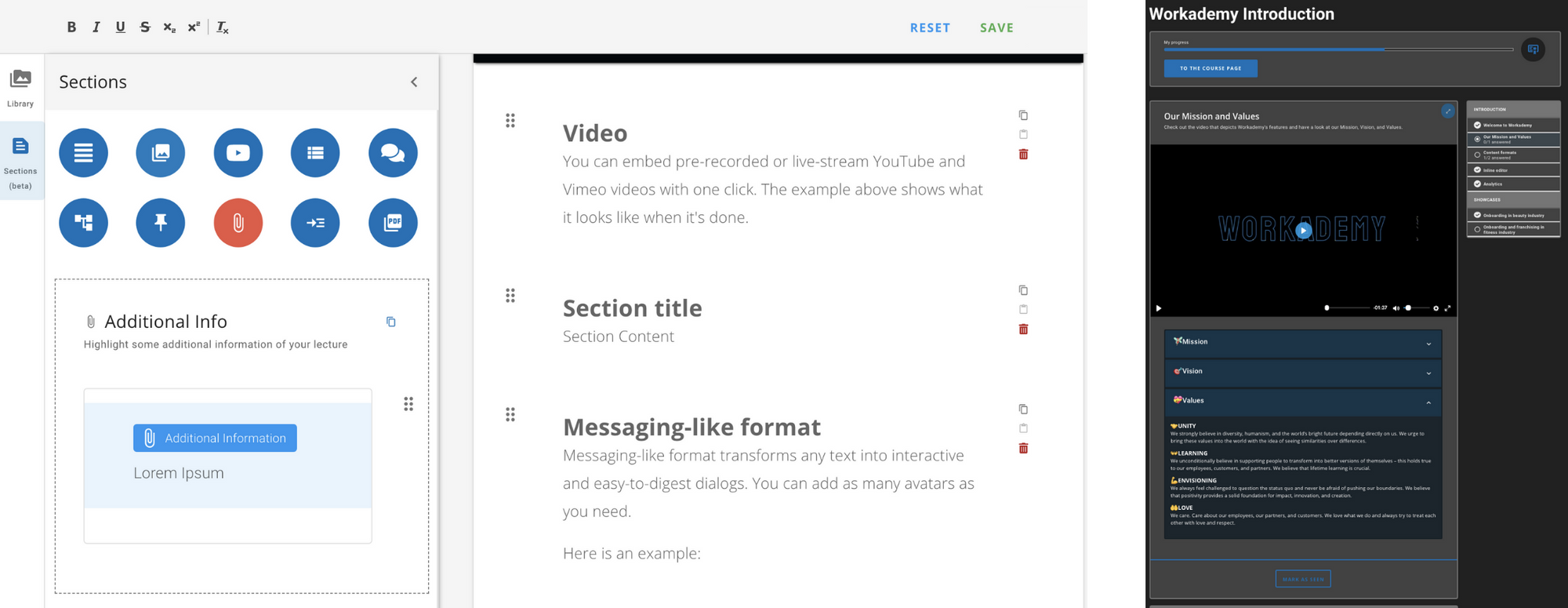
Our platform supports gamification — achievement frames that appear around the learner’s avatar when they finish lectures or answer questions. It also provides single- and multiple-choice, drag-and-drop, and open-ended tests and digital certificates. Workademy offers a detailed analytics module that will help you improve your courses and track the team members' progress.
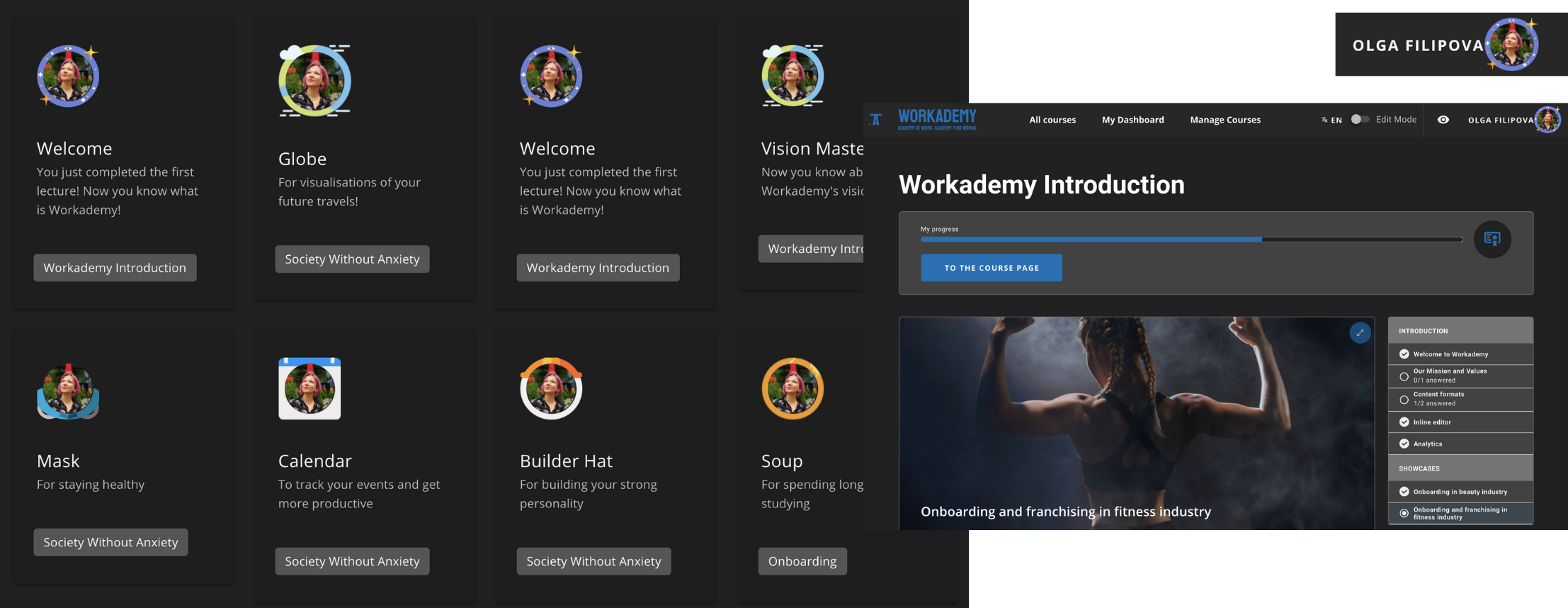
The platform is completely industry agnostic. IT companies use our platform for onboarding. A GDPR agency uses it to distribute its courses. By the way, the best GDPR course I’ve seen so far can be found exclusively on our platform. We have fitness industry managers who developed into dozens of franchisers in half a year due to the digitalization of their franchise onboarding program. We also work with a large chain of beauty salons which onboarded two hundred manicurists during the pandemic thanks to their digital onboarding program.
Conclusion
LMS' can save your budget and time streamlining repetitive, manual tasks in the process of training and onboarding your customers, employees, and partners. LMS can become your irreplaceable assistant for a long time if you make a smart choice!
To choose your LMS, consider your goals, resources, and budget. Ask yourself questions to develop a plan and then use review platforms to compare features and pricing plans. Don’t hesitate to ask vendors any questions, they will be happy to help!


